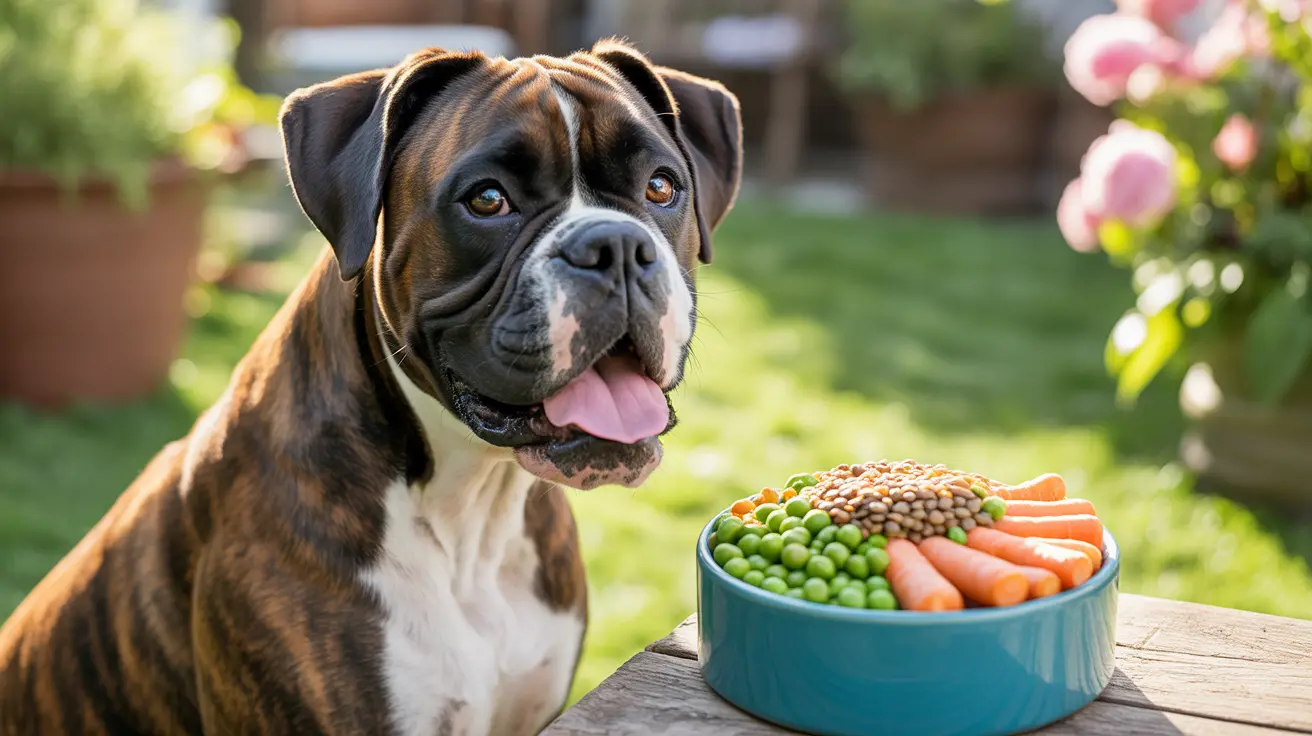Why Raw Pork Is Dangerous for Dogs
While many pet owners enjoy sharing meals with their canine companions, there are certain human foods that can pose serious health risks to dogs. One such food is raw or undercooked pork. Despite pork being a common protein source, feeding raw pork to dogs can lead to multiple health concerns—including parasitic infections and foodborne illnesses.
Risks Associated With Raw Pork
Feeding a dog raw pork exposes them to several serious risks:
- Trichinosis: Raw pork may contain larvae of the roundworm Trichinella spiralis. Dogs who ingest infected pork can develop trichinosis, a parasitic infection that may cause vomiting, diarrhea, muscle inflammation, and stiffness.
- Bacterial Contamination: Pork, especially when raw or improperly handled, may harbor harmful bacteria like Salmonella or Listeria. These pathogens can cause gastrointestinal distress in dogs and may even be transmitted to humans.
- Gastrointestinal Obstruction: Raw pork bones can easily splinter and become lodged in a dog's esophagus or gastrointestinal tract, leading to choking or internal injury.
Symptoms to Watch For
If a dog consumes raw pork, pet owners should be vigilant about symptoms such as:
- Lethargy
- Muscle stiffness
- Vomiting and diarrhea
- Loss of appetite
- Abdominal pain or bloating
- Incoordination or weakness
If any of these signs occur, it's critical to seek veterinary care immediately.
Safe Meat Options for Dogs
Instead of raw pork, dog owners can consider safer meat choices, such as:
- Cooked chicken: A lean protein that's highly digestible when cooked properly.
- Cooked turkey: Also a lean meat, turkey can be an excellent protein source when skin and bones are removed.
- Beef: Lean ground beef or cooked steak (unseasoned) can be nutritious and safe in moderation.
- Fish: Cooked salmon or whitefish can be rich in omega-3 fatty acids that support skin and coat health.
Proper Preparation of Pork
If you decide to feed your dog pork, make sure it is:
- Fully cooked: Cooking pork to an internal temperature of at least 145°F (63°C) will kill most parasites and bacteria.
- Boneless: Remove all bones to prevent choking or injury.
- Unseasoned: Avoid garlic, onions, salt, and other toxic or irritant spices that can harm your dog.
Veterinary Advice
Before adding pork or any new food to your dog’s diet, it's best to consult a veterinarian. Your vet can evaluate your dog's specific health needs and determine appropriate dietary additions.
Preventing Food-Related Illness in Dogs
To avoid issues like trichinosis or food poisoning in dogs, follow these safety guidelines:
- Never feed raw pork. Always cook pork thoroughly before serving.
- Use clean utensils and surfaces when preparing dog food.
- Remove all bones and excess fat from the meat.
- Avoid feeding leftovers containing seasoning or sauces.
- Introduce any new foods gradually and observe for negative reactions.
Conclusion
Raw or undercooked pork is one meat that should never be fed to your dog. The risks—from parasites to dangerous bacteria—outweigh any potential benefits. Safer alternatives exist, such as cooked chicken, turkey, or beef. When introducing new proteins to your pet’s diet, always prioritize preparation and safety, and consult your vet for personalized guidance. Responsible feeding ensures your dog remains happy, healthy, and free from preventable illnesses.





